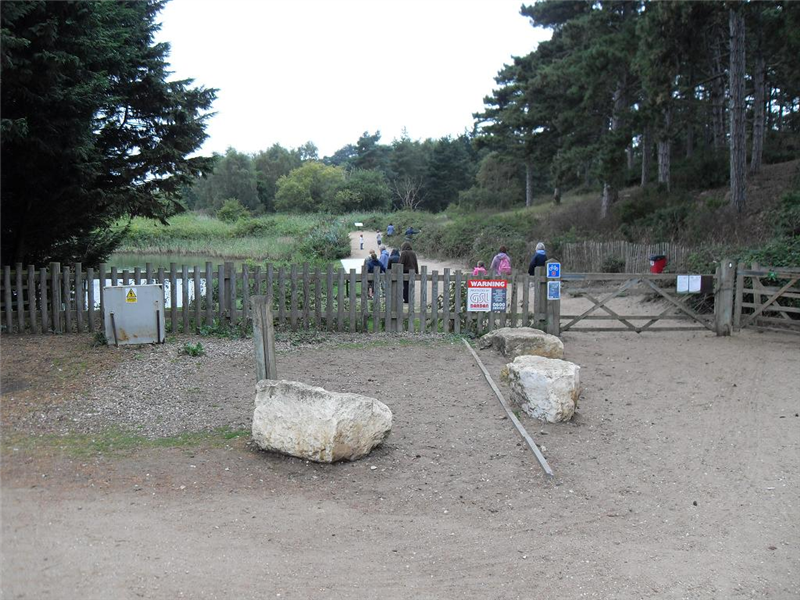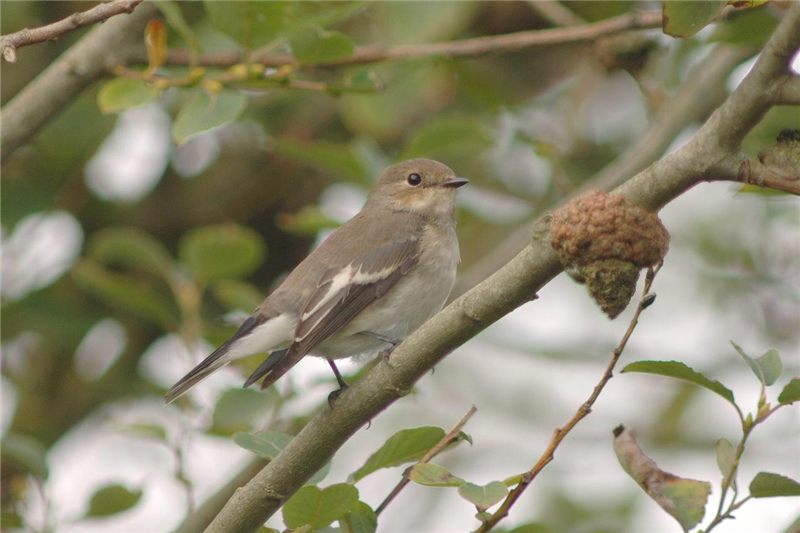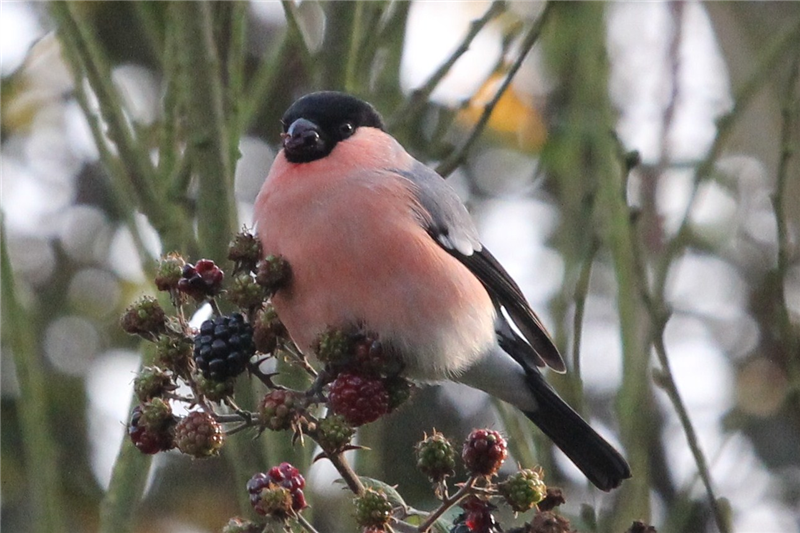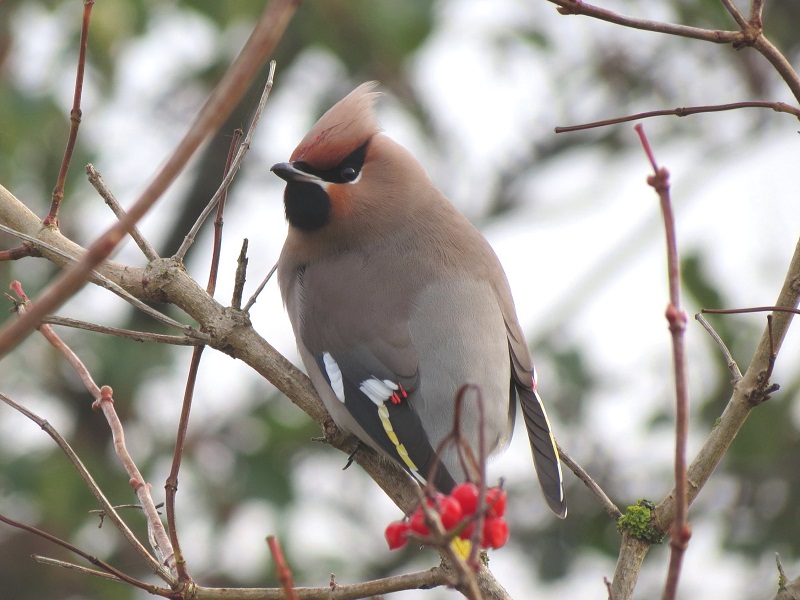Site Images

Wells woods
view

Pied Flycatcher in wells woods by Julian Bhalerao
view

Bullfinch by Sue Lawlor
view

Waxwing by Stuart White
view
Summary
Excellent coastal woodland famed for attracting rare migrants
Location
-
TF914454
-
52.971777, 0.848950
This is an extensive coastal woodland site joined to Holkham pines. It is very good for breeding warblers and acts as a migrant trap in spring but especially in Autumn. The whole strip of wood from the lifeboat station in the east to Burnham Overy dunes in the west is probably the best site for Yellow browed warbler in mainland Britain. In a good year with the right weather conditions its not unusual for there to be a double figure count of these little Asian sprites. Along with these the site often attracts, Pallas’s Warbler, wryneck, Barred Warbler, Icterine Warbler, Red Breasted Flycatcher and bigger numbers of the commoner migrants if a ‘fall’ has occurred with double figure counts of Redstarts and Pied Flycatchers.
As with Holkham pines the site is vast and can be hard to work but with the amount of cover and food birds often stick around for days if not weeks. The ‘dell’ is one of the best spots, it is a shallow depression at the back of the coastal dune and pine belt which is full of Silver birch scrub and trees. This area attracts the tit flock at regular intervals and with this flock if you are lucky will be one of the rarer species. Another good area is the drinking pool to the west of the dell, this is often fairly dry but still attracts the tit flock and with it the odd scarcity. In October 2008 I saw both Pallas’s & Yellow Browed warblers and Firecrest all within the space of an hour.
The boating lake near the car park can be good for ducks, during the early part of 2010 a group of 4 Scaup took up residence on the lake, in previous years Smew and the rarer grebes have been seen here. The road from wells town down to the woods, beach road, can be worth a stop, there is often a large flock of Brent Geese on the pitch and putt course, amongst these is usually a Black Brant a scarce sub species form America and Red Breasted Geese have been recorded in the past with the flock.
The site was famous for breeding Parrot Crossbills back in the mid 1980’s, and has turned up some extreme rarities including the first Yellow Browed Bunting for Britain and only the third record for Europe.
On a more normal day in Autumn you can see lots of the commoner woodland species, including warblers, Treecreepers, Crossbills, Redpoll and maybe a flycatcher or chat. The coastguards just north of the lifeboat station affords a good view of the muddy banks of east hills, the isolated wood to the east, where large numbers of waders and Brent Geese congregate in winter, you will need a telescope to view these though.
Target Species
migrants